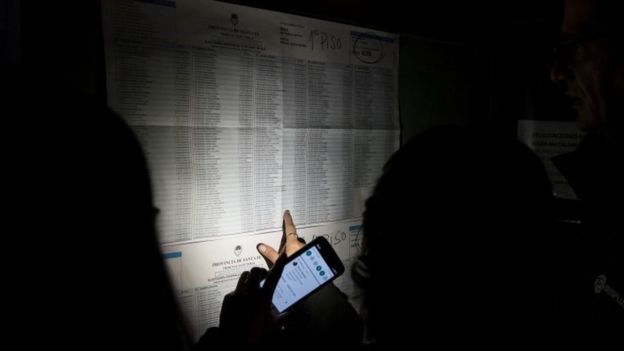In most cases, a nationwide blackout is a rare and remarkable occurrence. But a power outage that affects three countries simultaneously is something else altogether.
This is exactly what happened last Sunday when Argentina, Paraguay and Uruguay experienced a blackout for an entire day, affecting over 50 million people in the three South American countries.
The reason why is that all three share the same power grid. Parts of Chile and southern areas in Brazil were also affected last Sunday.
Argentinian President Mauricio Macri called the incident “unprecedented” and has announced there would be an official investigation into what caused the blackout, which hit all of Argentina (except one province), neighboring Uruguay and some areas of Paraguay. Argentina’s Energy Secretary, Gustavo Lopetegui said while he doesn’t rule out any possibilities as to the cause of the massive blackout, a cyberattack isn’t one of the possible causes being considered.
Transmission Collapse Sparks Outage
Alejandra Martinez, spokesperson for Argentinian power company Edesur, said the blackout “is the first generalized blackout that Argentina has had in its history”. Edesur maintains that there was a “collapse” of Argentina’s state-operated interconnection system which occurred at 7 am local time last Sunday.
According to another major utility company of Argentina, Edenor, the collapse was due to a failed transmission system at Yacyreta Dam on the Parana River close to Ayolas, Paraguay, which caused an automatic shutdown. The transmission failure was traced to a transport connection between the dam and the Salto Grande power stations on Argentina’s coastline, and the resulting automatic shutdown was a protective measure.
Both companies claim that the massive power outage was due to an “external problem” and had nothing to do with their distribution lines.
Natural or Man-made?
The exact cause remains unknown, and Argentina’s Energy Secretary has stated that the official investigation is expected to take 10-15 days. The massive blackout occurred when Argentina was also having its provincial elections, prompting millions of voters to go to blacked-out polling stations and cast their votes by candlelight and mobile phone light. Across the affected countries, public transportation ground to a standstill, hospitals had to rely on generators, some people were stuck in elevators and commercial establishments were forced to close on what was expected to be a busy Father’s Day.


Buenos Aires (Edition.cnn.com/2019/06/17/world/power-restored-argentina-uruguay-paraguay-intl-hnk/index.html).
Can this Happen in the U.S.?
After seeing how countries to our south are vulnerable to sudden massive power outages, can we experience similar incidents here? Some experts say a massive power outage or “grid down” scenario remains very likely. In fact, the severity, duration and consequences could easily exceed anything we’ve seen in the past. In addition, bad actors could seize upon the opportunity created by a natural disaster and use cyberattacks to increase its effects and duration if so desired.
In fact, the Assistant Secretary for Cybersecurity, Energy Security and Emergency Response, Karen Evans, testified that America’s energy infrastructure has become a major target for “hostile cyber-actors”. She added that “energy cybersecurity and resilience has emerged as one of the nation’s most important security challenges”. She also questioned whether our utilities sector is prepared to withstand cyberattacks, most especially from state-sponsored hackers acting on behalf of nations like Russia and North Korea.
What if this happens?
ASG has a number of blackout-related resources, from heating, cooking and lighting alternatives in case of power outage to practical tips for surviving without the grid. Make sure to give them a look, so you’ll be enlightened about what to do when darkness hits.


